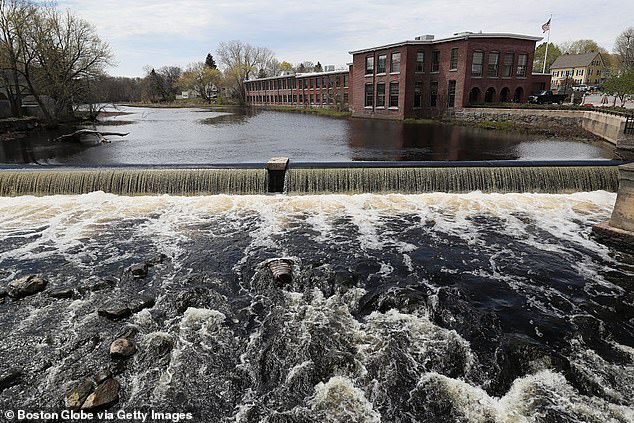Residents of the coastal Massachusetts town of Ipswich are at war over plans to tear down a historic dam built nearly 400 years ago.
The town of Ipswich, located in Essex County about an hour north of Boston, was incorporated in 1634 and is one of the oldest communities in the country.
Its dam was built just three years later, and now the city is preparing to vote on whether to keep it or remove it. reported the Boston Globe.
But some residents who take great pride in the area’s historical significance are furious, with “save our dam” signs appearing on lawns across the city.
On the other side of the raging debate are those who want to “free the river”, which they claim will do wonders for the ecosystem.
Ipswich Dam, which in one form or another has stood in the center of the city for almost 400 years.
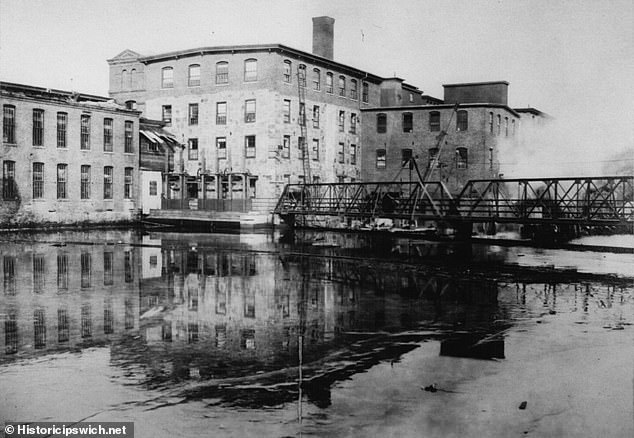
The current version of the dam was built in 1880 and later modified to power a nearby hosiery factory, but has not been used for that purpose since the 1930s.
The Ipswich River Dam has been at the center of the community since approximately 142 years before the United States declared itself a free nation from the rule of King George III.
It’s just one of the area’s centuries-old landmarks, boasting more First Period houses than anywhere else in the country – an architectural style developed between about 1626 and 1725 and used primarily by British settlers who settled in the northeast.
But this normally sleepy community is being torn apart by the ongoing debate over the dam, which will come to a head on May 21, when residents will have to vote on whether to preserve it or leave it in the past.
Its current version was built in 1880 and later modified to power a nearby hosiery factory, but it has not been used for that purpose since the 1930s.
Today, the two-meter-high dam serves two main functions. First, to block migrating fish and ocean tides from rising upstream, and second, to create a mile-long freshwater reservoir known as Mill Pond.
Mill Pond has for many years been a local spot for water activities, such as swimming and floating when the weather is mild, and ice skating during the colder months.
The city, which owns the dam, has been considering how to proceed with planning for its future since 2012, when financial concerns about maintenance arose.
Those financial considerations are pretty minimal since the dam doesn’t do much and therefore doesn’t require much in terms of maintenance.
Still, when those concerns first arose, city leaders commissioned an exploration into possible dam removal.
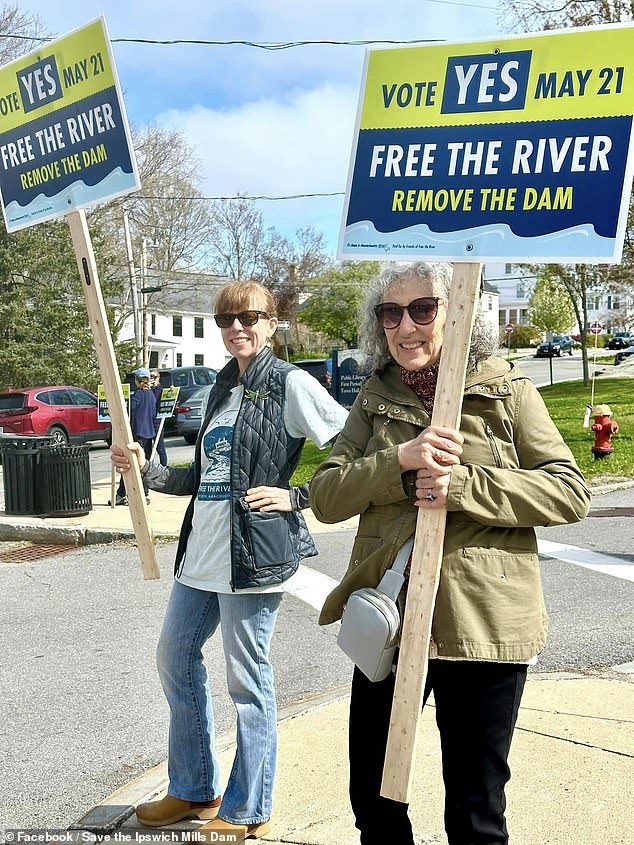
Last May, 68 percent of voters at a town meeting said they favored removing the dam.
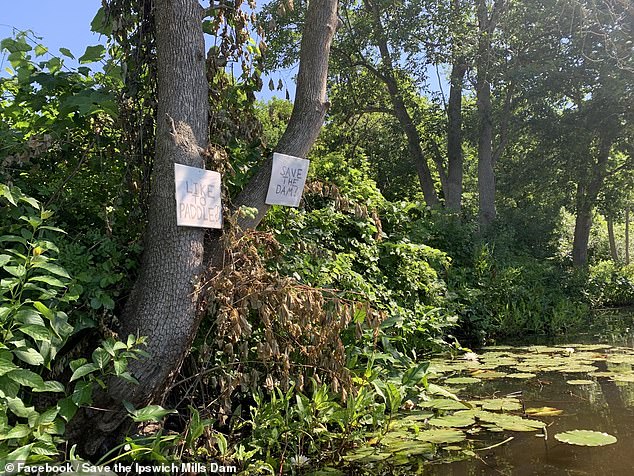
Now, the people of Ipswich will vote again. Some, who live next to Mill Pond, or have spent a lot of time there during the warmer months, advocate “saving the dam.”
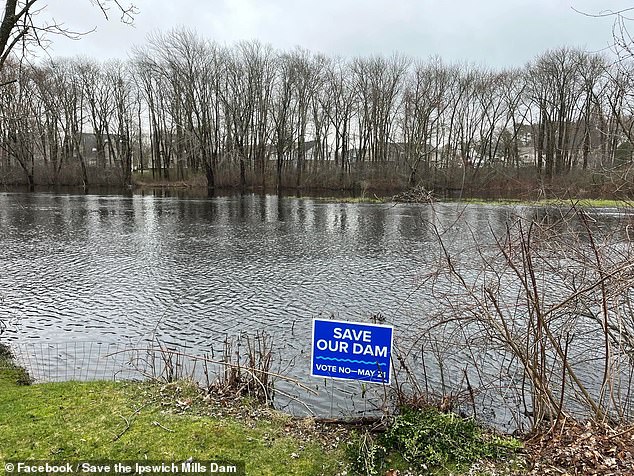
The historic river marker has created a mile-long area called Mill Pond, where those who live nearby come to swim and float in the summer, and ice skate in the winter.
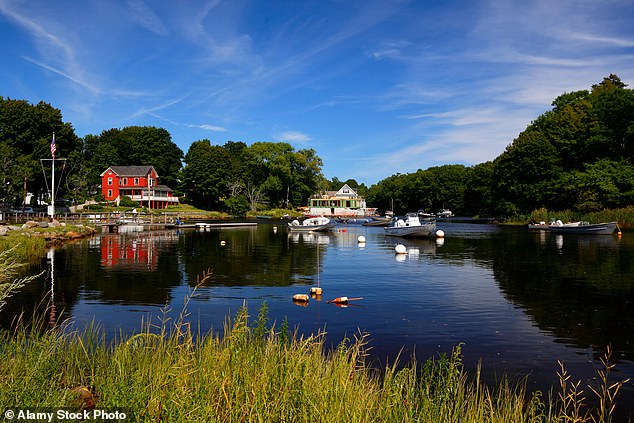
Children play, dogs swim and small boats row on the river that remains calm in part thanks to the Ipswich Dam.
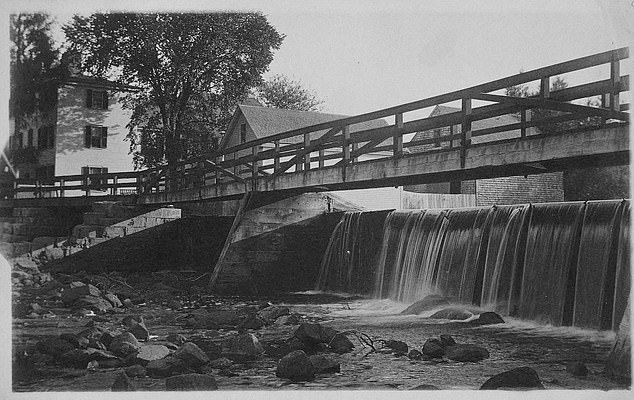
An old image of the Ipswich Dam at a time closer to when it had a purpose beyond stopping the flow of ocean tides and the path for fish to swim upstream.
The Ipswich River Catchment Association has carried out a series of studies to determine what impact the removal of the fairly discrete dam could have on the area and the community.
A year ago, 68 percent of those who voted at a municipal meeting supported its demolition. But now the final decision lies with the Ipswich select board, which has asked people to vote on the issue once again, this time by formal vote.
Although the vote is not technically binding, the board has indicated that it will support the will of the people. But currently the will of the people is divided.
Many who live along Mill Pond, and aesthetically have the most to lose from its removal, are against it.
“We feel like this is being forced on us with minimal community involvement, and there are still a lot of concerns and uncertain benefit,” Eric Krathwohl, who lives along Mill Pond, told the Globe.
‘This is a beautiful, well-established ecosystem, and removing the dam would severely impact recreation. They never gave any alternative a fair chance.
Steve Calder, who also lives along the tranquil river, is equally hesitant to throw away centuries of history.
‘This is a little treasure that has been here for 400 years. Does it really make sense to change all this in the hope that some fish will swim by?’ he said.
On the other side of the debate is Carol Bousquet, who thinks the dam is old, useless and long past its removal date.
‘It’s simply about returning our river to what it’s supposed to be. And it will open up transformative new recreational activities that will allow paddlers to go from the river to (Crane Beach), while also improving water quality and allowing spawning fish to return,” said she, a leader with Friends of the Free River movement, he said.
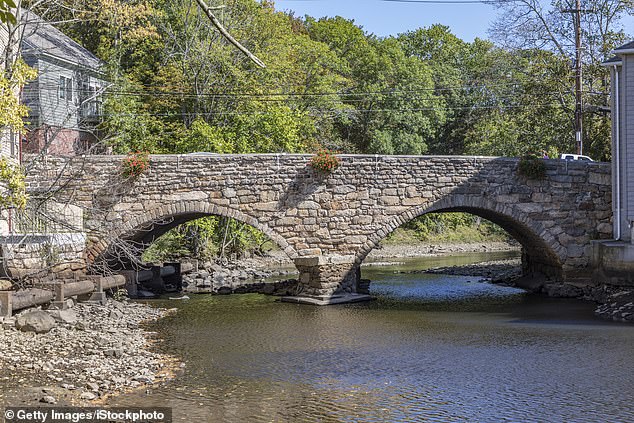
The Old Choate Road Bridge crosses the Ipswich River. The body of water is surrounded on all sides by preserved colonial houses from 300-400 years ago, long before the official founding of America.
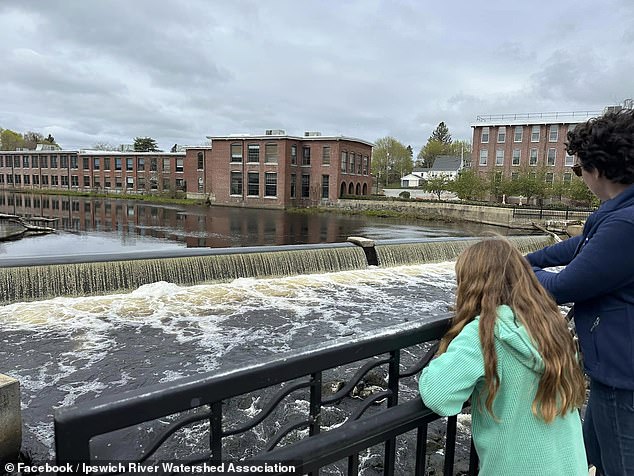
A girl looks at the Ipswich Dam, which city residents will vote to remove or maintain on May 21.
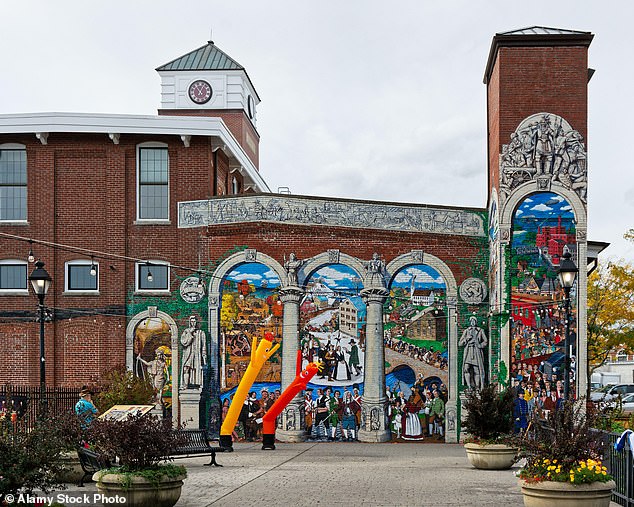
A brightly painted mural on the wall of an old brick mill on the riverbank in Ipswich
Neil Shea, project manager for the Ipswich River Catchment Association, which has studied what could happen if the dam is removed, said its destruction would do wonders for the river’s ecosystem.
“The benefits of dam removal would be enormous by reducing water temperature and increasing dissolved oxygen, which is important for any aquatic organism, not just fish,” he said.
However, he added that those who fear what the area will look like after the dam’s removal are within their rights to feel that way.
“Aesthetics are subjective and I can’t say it will look better because that is also subjective. If you like it the way it is now and don’t want it to change, that’s valid,” he said.
“Many people see that area as a magical ecosystem, but I will say one thing: the animals are there despite the dam, not because of it. There is degraded water quality; It is not a particularly hospitable place to live.

